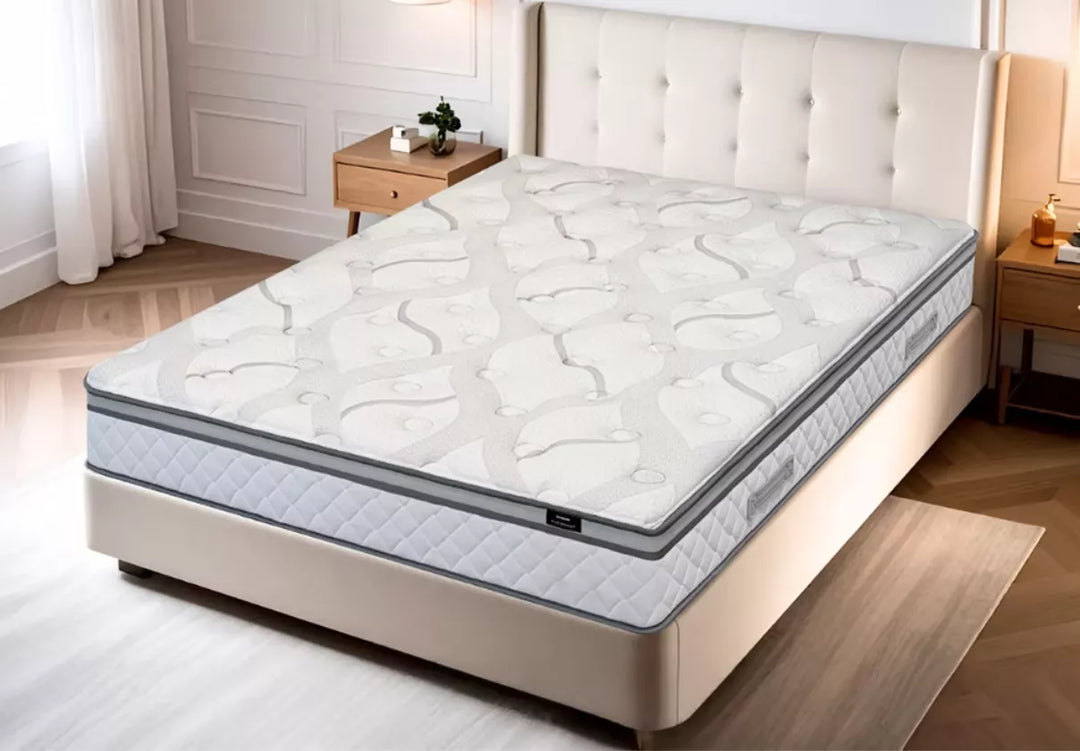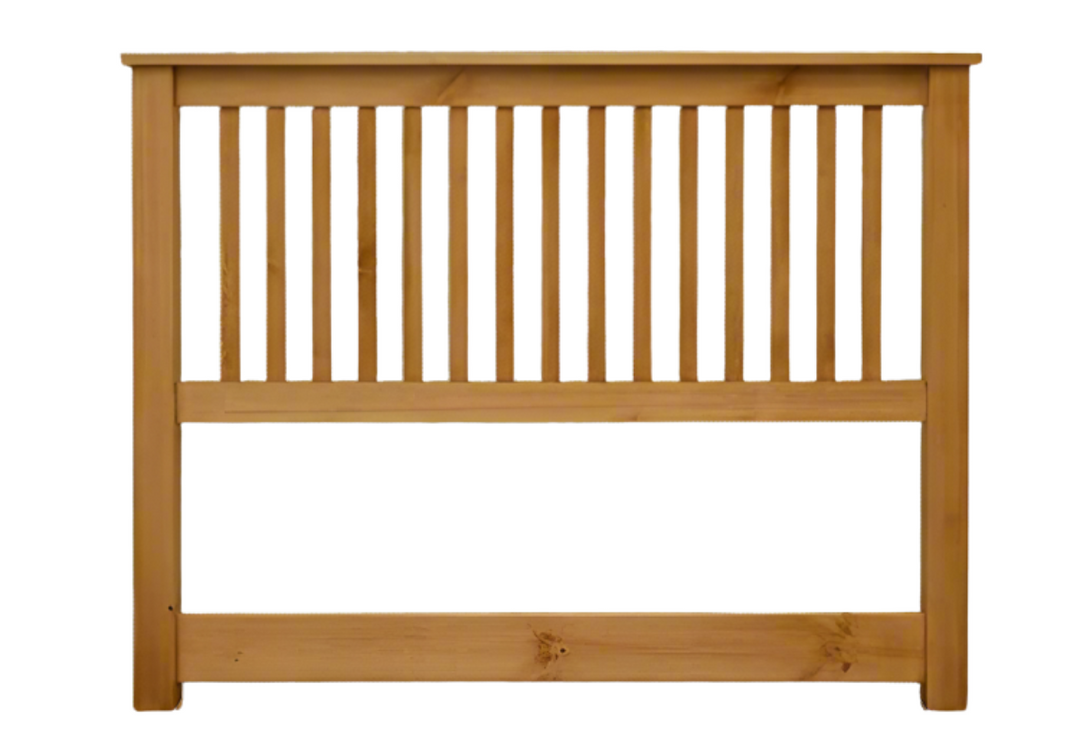Bed Bug Basics
With mounting concerns about a potential bed bug invasion in the United Kingdom, it is essential to arm oneself with comprehensive knowledge about these troublesome pests. Bed bugs, though small in size, can wreak havoc in households and establishments, leaving behind a trail of discomfort and anxiety. To effectively prepare and protect yourself, let's shed light on these elusive creatures and help you regain control of your sleep sanctuary.
Bed bugs are small, flat, reddish-brown insects that feed on the blood of humans and animals. They are usually nocturnal, making them more active at night and thus, their most common hiding spots are often close to their human hosts. Bed bugs are excellent hitchhikers, spreading from one place to another by latching onto luggage, clothing, and other personal items. They are commonly found in areas where people sleep, such as beds, mattresses, and couches, but can also hide in cracks and crevices around the room.
Spotting Bed Bugs
Look out for small, rust-coloured stains on bedding, tiny dark spots, or shed skins—these could be signs of bed bugs hiding in seams, mattress edges, or nearby furniture. You might also notice a musty odour or experience small, itchy bites, often in a line or cluster, which can be another clue of their presence.
Bites and Skin Reactions
One of the first signs of a bed bug infestation is often the appearance of itchy, red welts on your skin. These bites are typically in clusters or lines and are frequently located on exposed areas like arms, legs, and the neck.
Blood Stains on Sheets
Bed bugs feed by piercing the skin with a stylet and withdrawing blood. After a feeding, they may leave behind small bloodstains on your sheets or mattress cover.
Tiny, Rust-Coloured Bugs
Adult bed bugs are about the size of an apple seed, while young ones can be as small as a poppy seed. They have a reddish-brown colour and an oval, flat shape. You may spot them in the seams of your mattress or in cracks around your bed.
Small White Eggs and Molted Skins
Bed bugs reproduce by laying small white eggs, often in clusters. You might also find shed skins, as nymphs go through several molts as they mature.
Distinct Odour
Some people describe the smell of a bed bug infestation as musty or sweet. If you detect an unusual odour, it could be a sign of a significant infestation.
What causes bed bugs and how do you prevent them?
Bed bugs can infest your home for various reasons, and preventing their presence requires diligence and awareness. Here are some common causes and preventive measures:
Causes of Bed Bugs:
Travel: Staying in infested hotels, hostels, or using public transportation can expose you to bed bugs. They can easily latch onto luggage, clothing, or personal belongings.
Used Furniture: Bringing in secondhand furniture, especially mattresses, couches, and bedding, can introduce bed bugs to your home if the furniture was previously infested.
Shared Spaces: Living in multi-unit housing, like apartments, dorms, or condominiums, increases the risk of bed bug transfer between units.
Clutter: Bed bugs can hide in cluttered areas, making it harder to detect and eliminate them.
Preventive Measures:
Inspect Your Accommodations: When staying in hotels or other people's homes, inspect the bedding, mattress seams, and nearby furniture for signs of bed bugs before settling in.
Used Furniture: If you acquire secondhand furniture, thoroughly inspect it for any signs of bed bugs, such as small reddish-brown bugs, tiny white eggs, or dark fecal spots. Consider professional heat treatment before bringing it inside.
Reduce Clutter: Regularly declutter and clean your living space to minimise hiding spots for bed bugs.
Seal Entry Points: Seal cracks and crevices in your home where bed bugs can enter. Use caulk to fill gaps around baseboards, pipes, and windows.
Wash and Dry Bedding: Wash your bedding, curtains, and linens regularly in hot water and dry them on high heat to kill any potential bed bugs or eggs.
Use Mattress Encasements: Cover your mattress and box spring with bed bug-proof encasements. This can help prevent infestations and make it easier to detect them if they occur.
Be Cautious While Travelling: Keep your luggage off the floor in hotel rooms, and consider using bed bug-proof luggage liners or packing cubes. When you return home, inspect your luggage and wash your clothing immediately.
Regular Inspections: Periodically inspect your home for signs of bed bugs, such as bites on your skin, small bloodstains on bedding, or visible bugs.
Professional Pest Control: If you suspect or confirm a bed bug infestation, it's crucial to contact a professional pest control service. They can assess the extent of the infestation and provide appropriate treatment.
Remember that early detection and swift action are essential in preventing a full-blown bed bug infestation. If you believe you have a bed bug problem, it's best to consult with a pest control expert for effective eradication.
How to get rid of bed bugs
If you suspect a bed bug infestation, isolate the affected area to prevent further spread. Avoid moving infested items to other rooms.
While it can be distressing, panicking won't solve the problem. Stay calm, and remember that bed bugs are a common issue and can be effectively dealt with.
Vacuum the infested areas, including the mattress, box spring, bed frame, and surrounding areas. Empty the vacuum cleaner immediately into a sealed bag and discard it.
Wash all bedding, curtains, and clothing in hot water (at least 130°F or 54°C) and dry them on the highest heat setting for at least 30 minutes.
Bed bugs are notoriously challenging to eliminate. It's often best to seek professional pest control services to ensure the infestation is properly treated.
After treatment, continue to monitor your home for any signs of bed bugs. Be cautious when bringing in used furniture, clothing, or other items that may be infested. Regularly inspect and vacuum your living space. Learn about bed bug prevention and signs of infestation to help avoid future problems






Leave a comment